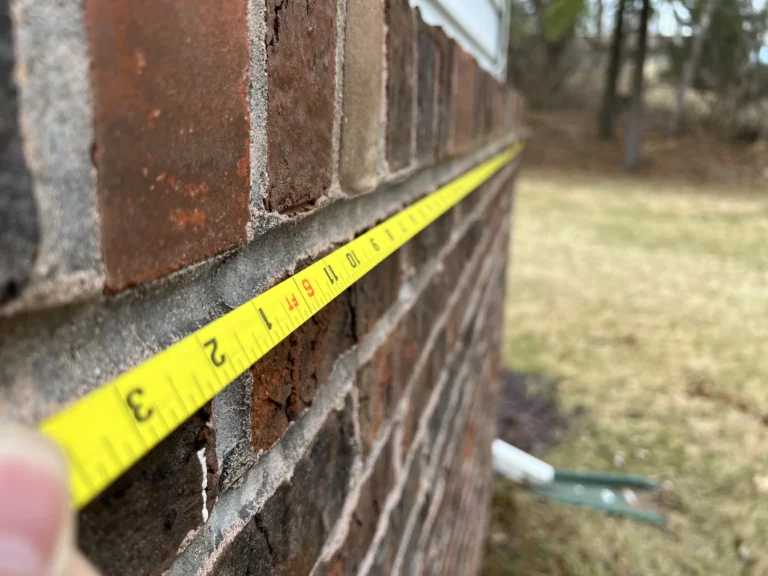When navigating the real estate market, a comprehensive understanding of your home’s features and their impact on property value is key. One crucial concept to grasp, whether you’re a homebuyer, a homeowner, or a real estate professional, is Gross Living Area (GLA). So, what exactly is GLA and why does it matter so much in real estate? Let’s walk through this important concept and its influence on property transactions.
Definition of Gross Living Area (GLA)
In its essence, GLA refers to the livable space within a residence that is finished, heated, and above grade—unlike Total Living Area (TLA) which includes finished basements. GLA focuses strictly on the primary living quarters. Why is GLA so critical in property valuation? Simply put, when it comes to calculating market value, adjusting for square footage is a common benchmark with appraisers. Typically the larger the GLA, the more valuable the home.
Appraisers often use the ANSI Z765 standard to bring uniformity to GLA calculations, ensuring there’s a level playing field—think of it as having a rulebook that defines what counts as GLA and what doesn’t. After all, when it comes to mortgages, we’re playing with real stakes here, and consistency across our data is paramount.
So, what’s left out? Your finished basement typically doesn’t factor into GLA as it is below grade. Below grade refers to areas of a building that are partially or entirely below ground level. Since basements are not fully above ground, and often lack certain features typical of above grade spaces, such as adequate natural light, ventilation, and egress, they are not counted in the gross living area.
Excluding basements from the GLA calculation helps ensure consistency in comparisons between different properties. However, it’s worth noting that while basements are typically excluded from GLA calculations, they can still add value to a property. Finished basements, in particular, can provide additional usable space for recreational activities, storage, or even living quarters, which may be factored into the overall value of the home separately.
Importance for Homebuyers
For those looking to buy, knowing the GLA is crucial and telling. Keep in mind that appraiser-calculated GLA may differ from the one stated by the seller, so it’s always good to have an independent measurement done. If there’s any doubt, get the GLA verified during the home buying process. It’s a simple step that can prevent a headache down the road.
Importance for Homeowners
Understanding your property’s GLA can help you make informed decisions about selling your home, making renovations, or even when contesting property taxes. An accurate, independent measurement of GLA can streamline your future decision-making.
Importance for Real Estate Agents and Professionals
Selling a home is not just about showcasing its aesthetic and functional aspects; knowing the actual GLA of the property can prove to be beneficial. Real estate agents can capitalize on the appeal of a higher GLA when marketing properties. However, misreporting GLA isn’t just a minor mistake; it can have a ripple effect on property values and throw off the comparable data that appraisers depend on. So, measure twice and list once!
Conclusion
Now more than ever, with ever-evolving home buyer preferences and a competitive real estate market, having a clear understanding of GLA is essential. Whether you’re considering buying a new property, selling your existing home, or simply a real estate agent seeking to acquire accurate GLA data for a listing, trust Wynn Appraisals for precise GLA measurement services. With our expertise, every square foot will be accounted for—giving you the clear picture you need to move forward with confidence.
